Table of content
- 1 Stainless Steel Pans: Pros and Cons
- 2 Non-Stick Pans: Convenience vs. Limitations
- 3 Cast Iron Pans: The Heavyweight Champion
- 1 The Leidenfrost Effect: A Physics Lesson
- 2 Optimal Temperature Control
- 1 Pan-First vs. Meat-First Oil Application
- 2 Choosing the Right Oil
- 1 Patting Dry: Eliminating Excess Moisture
- 2 Marinating for Tenderness and Flavor
- 3 Cornstarch Slurry: The Velveting Technique
- 1 The Initial Sear: Patience Pays Off
- 2 Using the Right Utensils
- 3 Batch Cooking: Avoid Overcrowding
- 1 Deglazing: Turning Stuck Bits into Sauce
- 2 The Lid Method: Steam Then Sear
- 3 Resting: The Final Step
- 1 Myth: “More Oil = Less Sticking”
- 2 The Frozen Meat Dilemma
- 3 Pan Abuse: High Heat and Metal Utensils
- 1 Oven Roasting
- 2 Sous Vide Precision
- 3 Grilling: The Outdoor Option
- 1 Cleaning Stainless Steel and Cast Iron
- 2 Non-Stick Pan Care
Introduction
Cooking lean meat, such as chicken breast, pork tenderloin, or flank steak, can be a culinary challenge for even seasoned home cooks. The primary struggle? Preventing the meat from adhering to the pan, which often results in a torn, unevenly cooked dish and a frustrating cleanup. Unlike fatty cuts that release natural oils during cooking, lean meats lack this built-in lubrication, making them prone to sticking. This article delves into the science and techniques behind achieving perfectly seared, non-sticky lean meats every time. From pan selection to advanced cooking methods, we’ll explore actionable steps to elevate your skillet game.
Choosing the Right Pan: The Foundation of Non-Stick Cooking
The first step to preventing sticking lies in selecting the appropriate cookware. Not all pans are created equal, and understanding their properties is key.
1 Stainless Steel Pans: Pros and Cons
Stainless steel pans are a kitchen staple, valued for their durability and even heat distribution. However, they require proper seasoning and preheating to prevent sticking.
- Seasoning: To create a natural non-stick surface, heat the pan over medium heat, add a teaspoon of oil, and spread it evenly using a paper towel. Repeat this process a few times to build a patina.
- Maintenance: Avoid harsh scrubbers, as they can damage the seasoned layer.
2 Non-Stick Pans: Convenience vs. Limitations
Non-stick pans are engineered with coatings like PTFE (Teflon) or ceramic, which reduce surface friction.
- Advantages: Ideal for delicate proteins like fish or eggs, requiring minimal oil.
- Cautions: Never use high heat, as it degrades the coating. Opt for wooden or silicone utensils to prevent scratches.
3 Cast Iron Pans: The Heavyweight Champion
Cast iron’s excellent heat retention makes it a favorite for searing meats. However, it demands meticulous care.
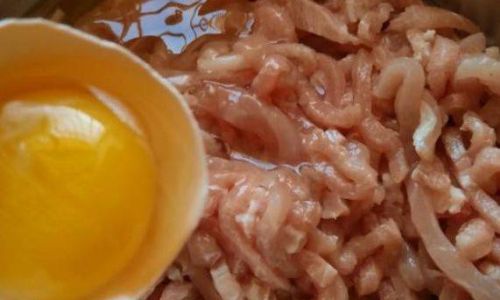
- Seasoning: Regularly coat the pan with oil and bake it to create a polymerized layer.
- Heat Management: Preheat slowly to avoid thermal shock, which can crack the seasoning.
Preheating: The Golden Rule of Non-Stick Cooking
Preheating is not merely a preliminary step—it’s a scientific process that ensures your meat releases effortlessly.
1 The Leidenfrost Effect: A Physics Lesson
When a pan is adequately preheated, droplets of water will dance across the surface due to the Leidenfrost effect. This indicates the pan is hot enough to sear meat without sticking.
- Test: Sprinkle a few water droplets; if they bead and skitter, the pan is ready.
- Avoid Cold Starts: Adding meat to a cold pan causes proteins to bond with the metal, leading to sticking.
2 Optimal Temperature Control
Lean meats require medium-high heat (350–375°F or 175–190°C). Overheating can burn the meat’s surface, while underheating promotes sticking.
- Use an Infrared Thermometer: For precise temperature readings.
- Adjust for Stovetop Variability: Gas stoves heat faster than electric; monitor closely.
Oiling Techniques: Lubrication Without Excess
Oil serves as a barrier between the meat and the pan, but the method of application matters as much as the type.
1 Pan-First vs. Meat-First Oil Application
- Pan-First: Add oil to a hot pan, swirling to coat. This method is ideal for stainless steel or cast iron.
- Meat-First: Lightly brush oil directly onto the meat. This works well for non-stick pans, reducing smoke.
2 Choosing the Right Oil
Opt for oils with high smoke points to withstand searing temperatures:
- Avocado Oil: 520°F (271°C)
- Grapeseed Oil: 420°F (216°C)
- Refined Coconut Oil: 400°F (204°C)
Avoid olive oil for high-heat cooking, as its low smoke point (325–375°F or 163–190°C) can impart a bitter taste.
Meat Preparation: The Silent Hero
Properly prepping lean meat ensures even cooking and minimizes sticking.
1 Patting Dry: Eliminating Excess Moisture
Moisture on the meat’s surface lowers the pan’s temperature upon contact, causing steam and sticking.
- Technique: Use paper towels to blot chicken breast, pork chops, or beef strips until no dampness remains.
2 Marinating for Tenderness and Flavor
Marinades with acidic ingredients (lemon juice, vinegar) tenderize lean meat, but over-marinating can toughen it.
- Optimal Time: 15–30 minutes for thin cuts; 1–2 hours for thicker cuts.
- Baking Soda Trick: A pinch added to the marinade raises the pH, enhancing browning (e.g., 1/4 tsp per pound of meat).
3 Cornstarch Slurry: The Velveting Technique
Common in Asian cuisine, cornstarch creates a protective coating that seals in juices and prevents sticking.
- Method: Toss meat in a mixture of cornstarch, soy sauce, and oil before cooking.
Cooking Techniques: From Searing to Flipping
Mastering the cooking process itself is pivotal to avoiding sticking.

1 The Initial Sear: Patience Pays Off
Resist the urge to move the meat immediately after placing it in the pan. Allowing a crust to form (2–3 minutes) ensures natural release.
- Visual Cues: Look for the edges of the meat to turn opaque and lift slightly.
2 Using the Right Utensils
Opt for tongs or a flexible spatula over forks, which pierce the meat and release moisture.
- Tongs: Ideal for flipping thick cuts like chicken breasts.
- Spatula: Useful for thin cuts like scallopini.
3 Batch Cooking: Avoid Overcrowding
Crowding the pan lowers the temperature and causes steaming instead of searing.
- Rule of Thumb: Leave at least 1 inch (2.5 cm) between pieces.
- Solution: Cook in batches, reheating the pan between each.
Advanced Tips for Problem Solving
Even with perfect technique, hiccups can occur. Here’s how to troubleshoot.
1 Deglazing: Turning Stuck Bits into Sauce
If meat sticks, remove it and deglaze the pan with broth, wine, or water. Scrape the fond (browned bits) to create a flavorful sauce.
- Example: After cooking chicken, add a splash of white wine and reduce by half for a pan sauce.
2 The Lid Method: Steam Then Sear
For ultra-lean meats, cover the pan for 1–2 minutes after searing to create steam, which loosens the meat from the surface.
- Technique: Sear one side, flip, cover, then uncover to finish.
3 Resting: The Final Step
Allowing meat to rest post-cooking (5–10 minutes) redistributes juices, preventing a sticky surface upon slicing.
- Tent with Foil: To retain heat without causing sogginess.
Common Pitfalls and How to Avoid Them
Even experienced cooks stumble. Here’s how to sidestep classic errors.
1 Myth: “More Oil = Less Sticking”
Excess oil pools in the pan, causing splattering and uneven cooking. Use just enough to coat the surface.
2 The Frozen Meat Dilemma
Cooking frozen meat directly leads to uneven searing and prolonged cooking, increasing sticking risk. Thaw completely in the refrigerator.
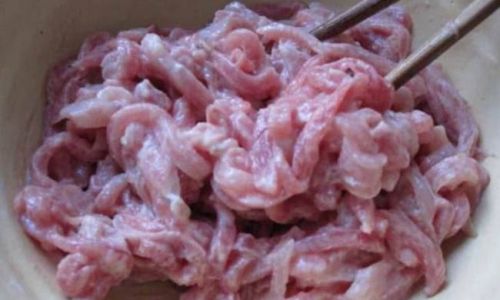
3 Pan Abuse: High Heat and Metal Utensils
Non-stick pans are delicate; using metal utensils or high heat scratches the coating, reducing lifespan.
Beyond the Skillet: Alternative Cooking Methods
If pan-searing remains a challenge, consider these alternatives.
1 Oven Roasting
Pre-sear meat on the stove, then finish in a 375°F (190°C) oven. This method ensures even cooking without constant flipping.
2 Sous Vide Precision
For flawless results, vacuum-seal meat with oil and cook in a water bath at the desired temperature, then sear briefly.
3 Grilling: The Outdoor Option
Grill grates provide natural sear marks and reduce sticking. Oil the grates and meat, and preheat thoroughly.
Maintaining Your Cookware: Longevity and Performance
Proper care ensures your pans remain non-stick for years.
1 Cleaning Stainless Steel and Cast Iron
- Stainless Steel: Soak in warm water to loosen food, then scrub with a mild detergent.
- Cast Iron: Wipe clean with a paper towel; re-season if food sticks.
2 Non-Stick Pan Care
- Avoid Abrasive Cleaners: Use a soft sponge and mild soap.
- Re-Seasoning: If the coating wears, lightly coat with oil and bake at 300°F (150°C) for 1 hour.
Cultural and Historical Context: The Evolution of Non-Stick Cooking
The quest for non-stick surfaces dates back centuries. Ancient Chinese chefs used iron pans seasoned with oil, while 20th-century innovations like Teflon revolutionized modern kitchens. Today, eco-friendly alternatives like ceramic coatings cater to health-conscious cooks.
Conclusion: The Path to Stick-Free Mastery
Cooking lean meat without sticking is a blend of science and art. By selecting the right pan, mastering preheating, and refining your technique, you’ll transform humble cuts into gourmet dishes. Remember, practice makes perfect—experiment with different oils, meats, and heat levels to find your rhythm. With patience and precision, even the leanest chicken breast will glide off your skillet, leaving behind a golden crust and a story to tell.
Final Thoughts
The next time you face a stubbornly sticky pan, revisit these principles. From the sizzle of a perfectly seared steak to the satisfaction of a flawless flip, the journey to non-stick perfection is as rewarding as the meal itself. Happy cooking!
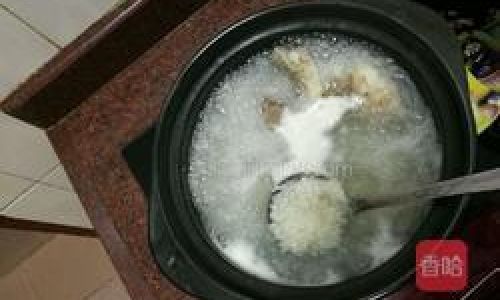
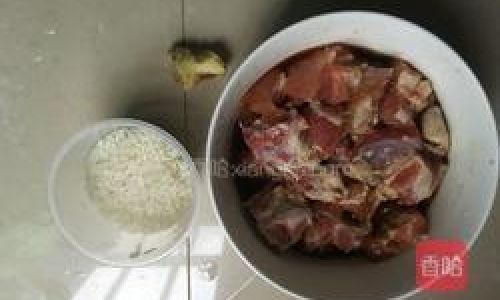
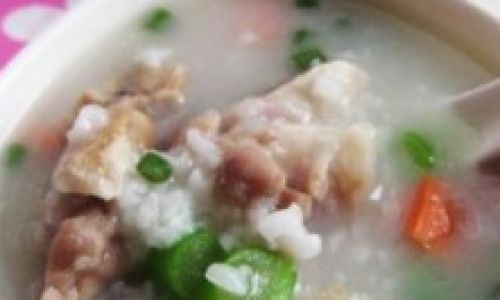
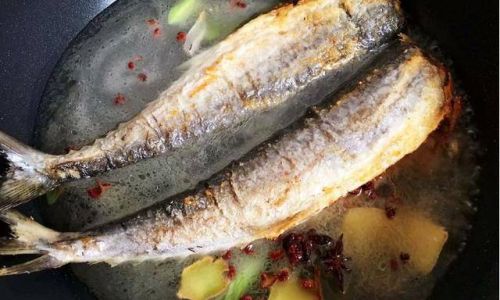
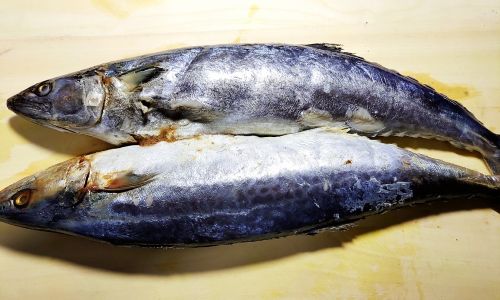
0 comments